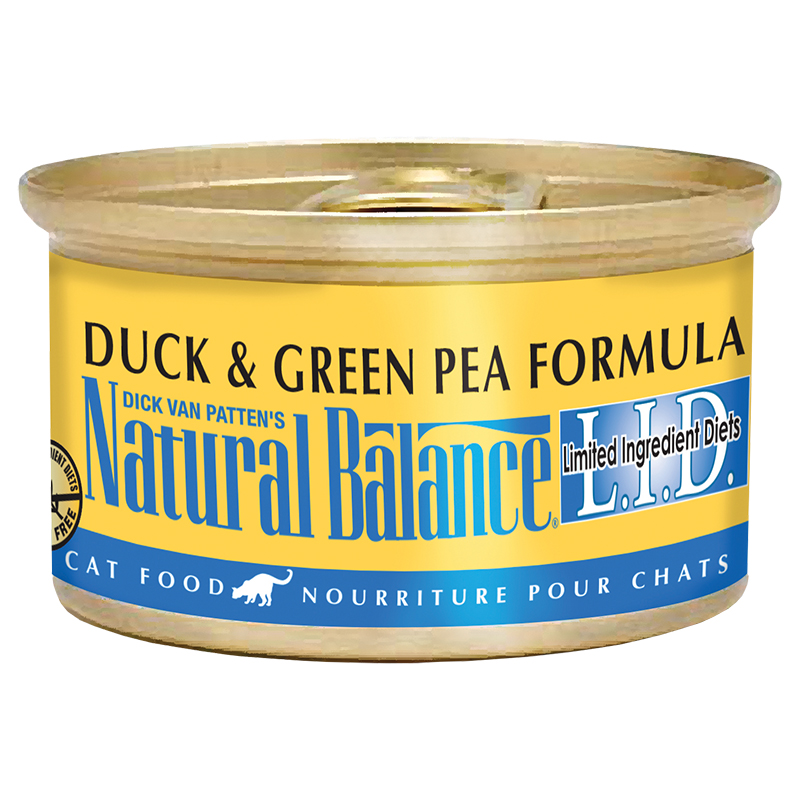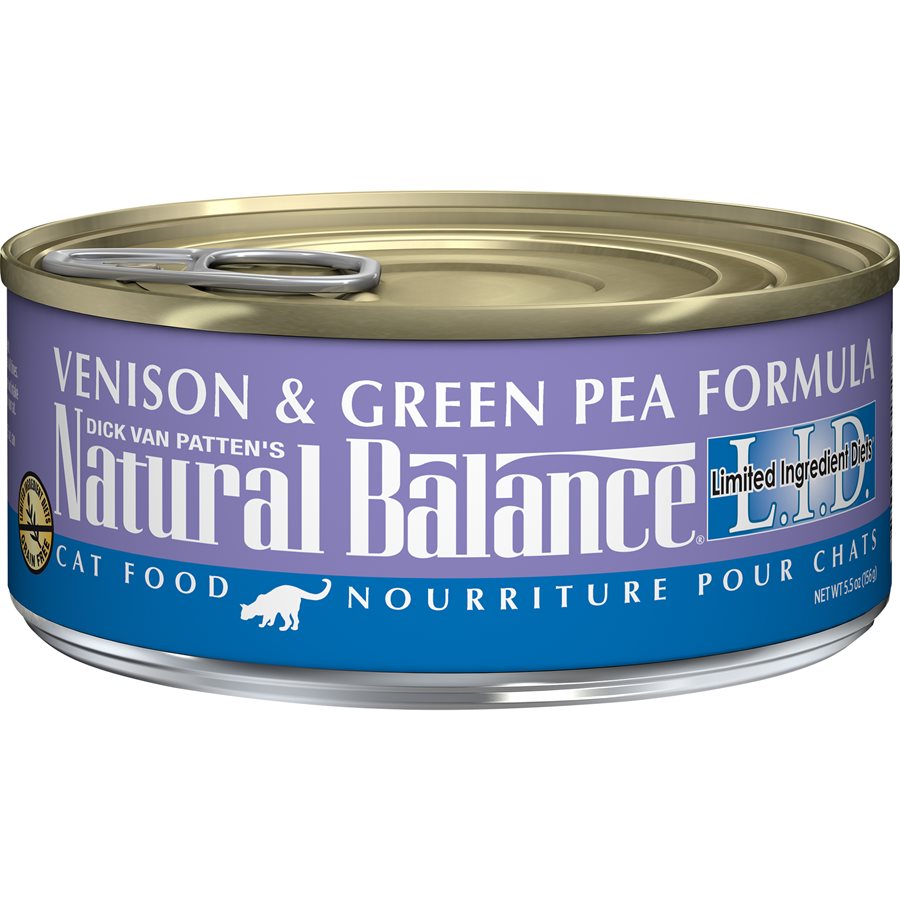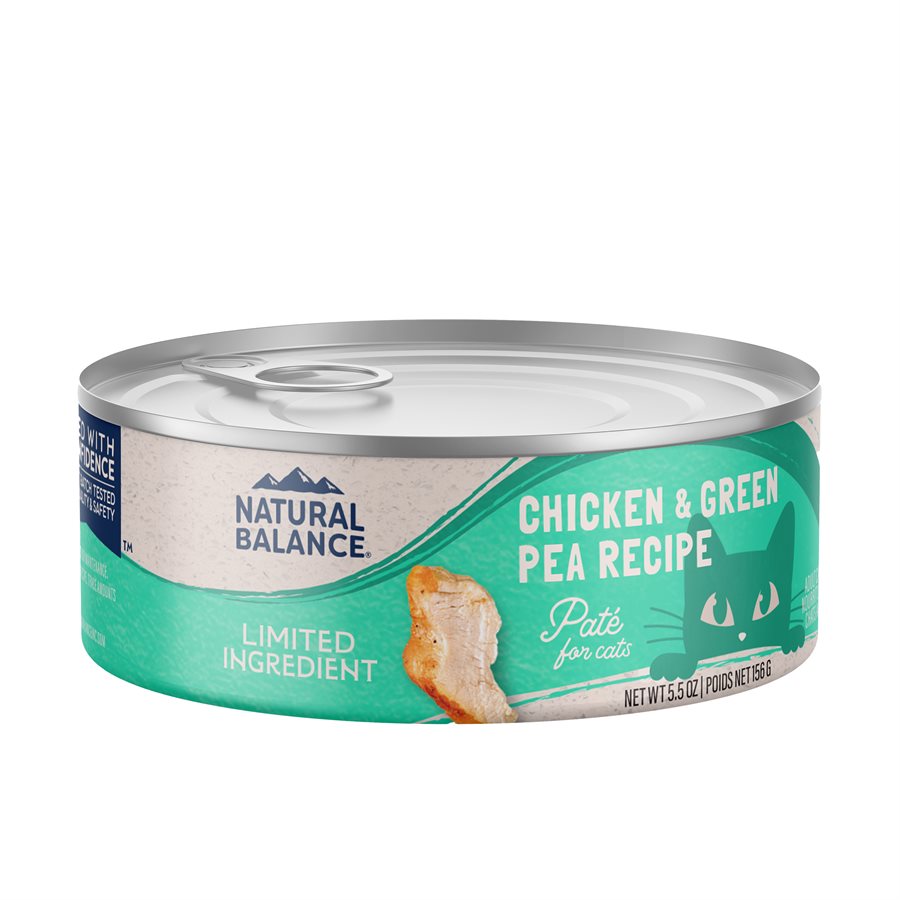Peas are relatively low in fat but have a good fatty acid profile. So, this makes peas a good choice of vegetable that can help cats going through moments of constipation.

Natural Balance LID Cat Duck & Green Pea 10LB, Cat and
Pea protein and pea fiber contains high energy content and it is good for your cat, but you have to select on a matter basis depending on the needs of the cats.

Is pea protein good for cats. There is a good reason for this. The sulfur amino acids (i.e. Protein digestibility of food in dogs and cats is similar, if not enhanced, when the.
Pea proteins have a bland flavor and aroma that can take on the characteristics of the remainder of the diet. We have never seen head lines reporting wolf packs or wild cats descending on wheat, corn, or pea fields. Yeah it's all fine and dandy that there are less or no grains in cat food but they simply replace it with other plant based protein, not animal protein.
Although none of the wet cat food includes pea protein, the dry cat food has around 20% peas and 6% pea protein. Animal studies have found that pea protein powder can reduce. The protein in peas is a good source for most of the essential amino acids, especially lysine.
Is pea protein toxic to cats? This makes peas a good amino acid complement to most grains and meats. So you think your doing good for your cat but really, it's just marketing.
However, cats lack the necessary physiology to digest plant matter. Methionine and cysteine) are considered first limiting, with tryptopan close behind. I am even more concerned with the lectin proteins contained in these ingredients.
While some plant proteins like pea protein can be a solid ingredient in a premium pet food, plant protein can rarely completely replace animal protein for dogs or cats. The reason for all the peas and potatoes is because of the whole grain free movement. Not to be confused with the fresh or succulent green pea, the type that is being used in an ever widening array of applications is the dried pea.”.
Although peas are a common ingredient in dry cat food, we would ideally like to see these ingredients further down the list, especially because pea starch, pea protein, and pea fiber are also found in the ingredients. As such, animal flesh is the best source of protein for cats. It is not biologically stable for a.
The next ingredient is pea. It’s also a good idea to choose a recipe that only contains one protein source. Senior cats need increased protein levels.
Lectin proteins are a plants natural defense. Many cats of 12 or more years of age should be fed a diet containing nearly 50% protein. If your cat cannot digest the protein you serve up, it may become deficient in an essential nutrient.
While birds can digest these proteins, humans and carnivores cannot. The only challenge to this is dilution of flavor. Pea protein powder is a good option for increasing protein intake and boosting feelings of fullness after meals.
As cats age, their protein requirements increase due to reduction in digestive efficiency. According to some reviews, the inclusion of pea protein is not preferable to some cat owners. In summary, as the dietary protein shifted from striated muscle and other animal proteins to plant based proteins, there was no effect in the dog, while in cats, increasing dietary plant protein was associated with increasing protein digestibility (5.5% increase at 50% protein from plants in dry cat food).
Dietary protein can only be beneficial to cats if it is absorbed and digested effectively. There hasn’t been much research into the condition in animals, but one study did reveal that cats between the ages of ten and fourteen have a harder time digesting protein and other important nutrients like fat and energy.1 also, studies in older people have shown that eating more protein can reduce muscle mass loss.2. This cat food doesn’t contain pea protein or other concentrated sources of plant protein.
In cat diets especially, elevated levels of pea protein (exceeding approximately 15%) can compromise the palatability relative to diets rich in meat proteins. Peas are starchy food that is high in fiber. Peas contain the necessary healthy nutrients that are great for your cat's health and can support your cat's gastrointestinal health.
Peas are often added to many cat foods for this very reason. (we say “rarely” because there are some high quality vegetarian pet foods out there, but those foods are very carefully formulated and in calvin & susie’s opinion are not appropriate for all animals or. These pet foods have concentrated pea proteins and, when fed on a daily basis, have the potential to tear up the digestive tract and lead to inflammatory disease.
They have a short digestive tract and lack the digest enzymes needed to digest plant protein, so plant proteins like peas, lentils, and legumes are not particularly beneficial for your cat in terms of nutrition. Chicken and turkey are considered good sources of protein for carnivores like cats. The cost the cat consumes so much food in its lifetime.
It should be noted, however, that pea protein is still a plant protein (a legume), ve protein is still a plant protein (a legume) and cannot replace animal protein in your dog or cat’s diet. Protein is the foundation of a healthy diet for cats and should provide at least 30% of his daily calories, ideally more. This pea protein gives more protein to the dish while the peas are a binding ingredient for the kibble.
Even though peas are not outright dangerous for cats, it is better for them to get their protein sources from animals.

Royal Canin Veterinary Diet Selected Protein PV Adult

Natural Balance Cat LID Venison & Green Pea Formula Cans

Natural Balance Cat LID Chicken & Green Pea Formula Cans
